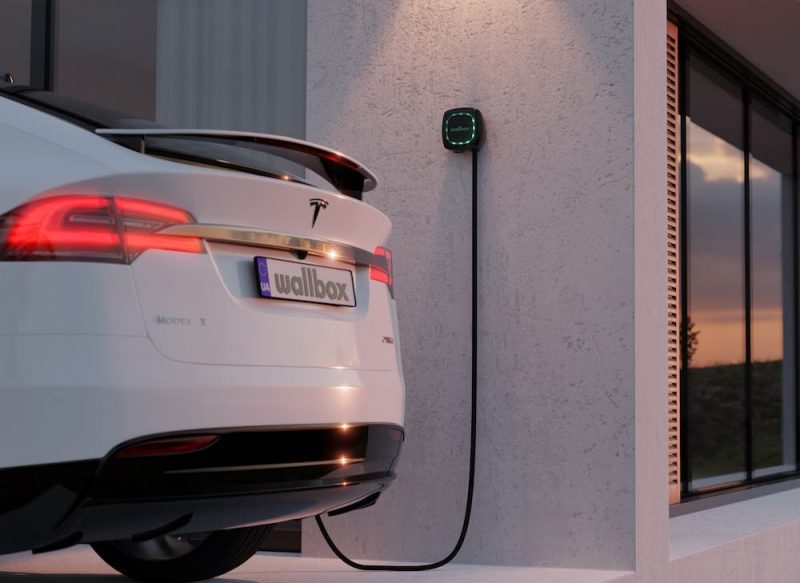Control the load! That, in three words, seems best to sum up the Tesla view on the value of vehicle to grid technology, one of the big things that are expected to happen in the EV world as the world transitions to a grid based around renewables and storage, and as consumers seek to cash in on their rooftop solar and batteries on wheels.
Tesla may well be the dominant force in the transition to renewables, but one of the frustrations for Tesla owners, including this writer, has been its refusal to data to offer vehicle-to-load (V2L) or vehicle-to-grid (VSG) options, which are now becoming standard in most other EVs.
Tesla CEO Elon Musk has flagged the V2G technology could be introduced in 2025, although that remains to be seen, and he describes it as “inconvenient.” Analysts also suggest that because Tesla is also a major supplier of grid and home battery technologies, allowing their EVs to power their home, or appliances, might take the shine off those products.
Still, the idea of millions of EVs acting as “batteries on wheels” is an enticing one for grid engineers and advocates as they ponder what the green energy transition might look like in the future.
Tesla’s head of energy in Australia and the Pacific Josef Tadich was asked about V2G during a webinar on battery storage hosted by the Clean Energy Finance Corporation last week, and said it was clear to him that the easiest way to help the grid in the near term is in controlling the EV charging load.
“So I think the low hanging fruit right now is working on modulating that charging during a particular event. Moderating EV charging …. can respond faster than a thermal generator,” Tadich said.
“Technically, it’s all possible, but from my point of view …. firstly, let’s control that charging load. And there’s zero marginal cost of doing that, before we start doing the injecting from a vehicle into the grid.”
Monique Miller, the CEFC’s chief investment office for renewables and sustainable finance, who hosted the podcast, agreed,
“The idea of charging your EV or, using your home battery at the right time is effectively the same as a generator in terms of engineering,” she said.
“I don’t think the message has sunk into businesses or homes yet, that allowing the use of your home load, your panels, your battery, your EV … and changing the way you use the high powered equipment within your house, responding to grid conditions or price signals, is a really responsible thing to do from the environmental perspective.
“And when I look, for example, when I charge my iPhone in the evenings, if I plug it in before I go to bed, it says your charging will be optimised, and it’ll be fully charged by 5.30 in the morning.
“So I already hand over power of charging for my iPhone in the evenings. I think … there needs to be a signal to facilitate consumer behaviour on that front as well for charging much bigger things like EVs.”

Giles Parkinson is founder and editor of The Driven, and also edits and founded the Renew Economy and One Step Off The Grid web sites. He has been a journalist for nearly 40 years, is a former business and deputy editor of the Australian Financial Review, and owns a Tesla Model 3.

